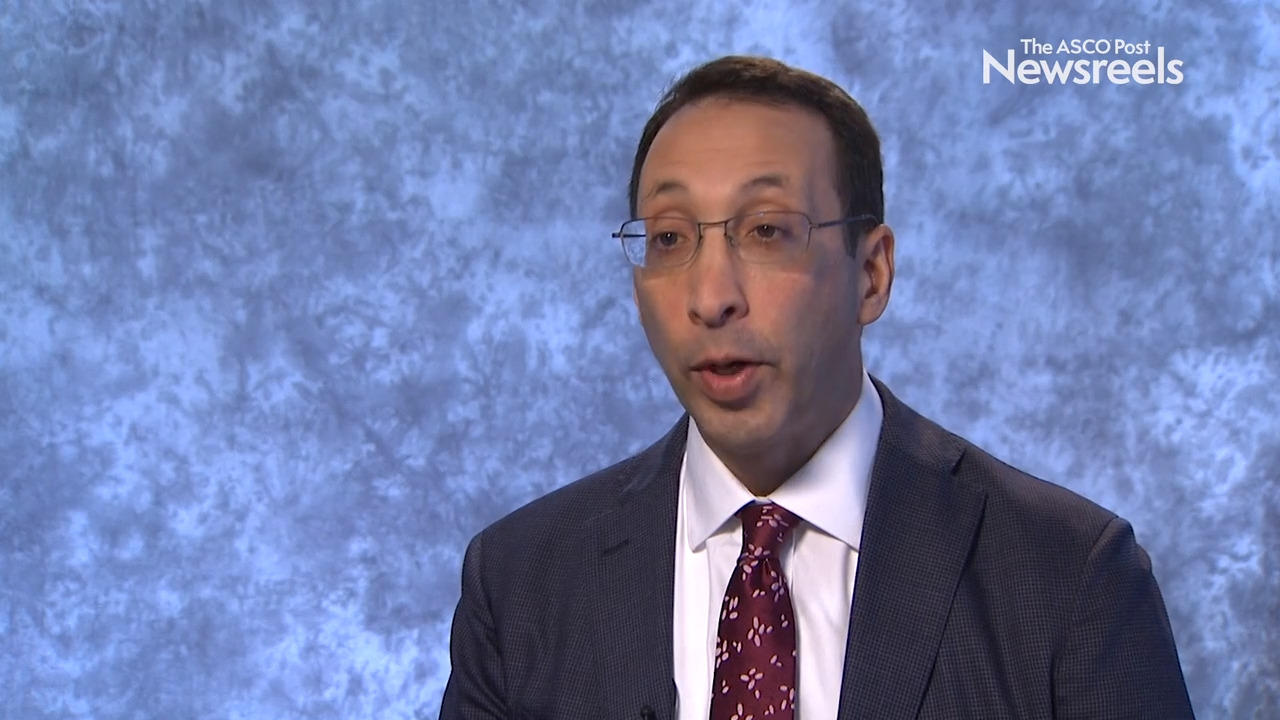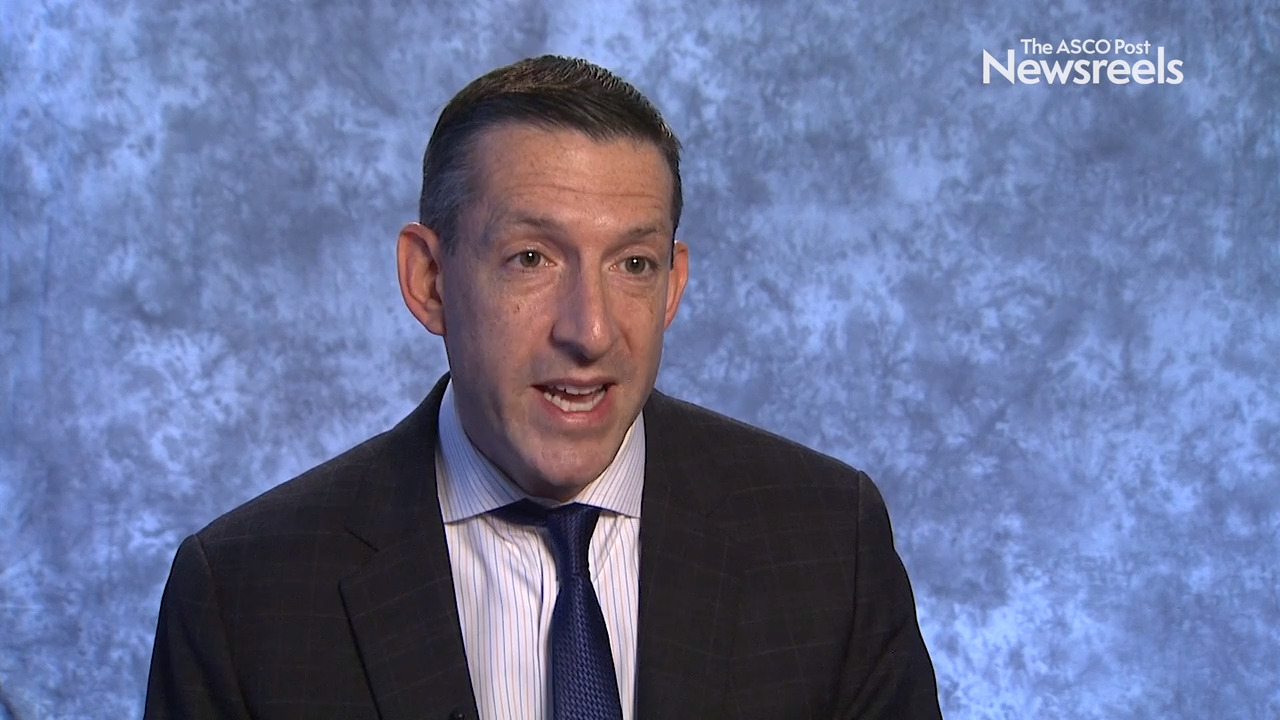Jennifer Ann Woyach, MD, on CLL: Results From the Alliance North American Intergroup Study
2018 ASH Annual Meeting & Exposition
Jennifer Ann Woyach, MD, of The Ohio State University, discusses trial findings on ibrutinib alone or in combination with rituximab compared with bendamustine plus rituximab in untreated older people with chronic lymphocytic leukemia (Abstract 6).
Shaji K. Kumar, MD, of the Mayo Clinic, discusses phase III findings on daratumumab plus lenalidomide and dexamethasone vs lenalidomide and dexamethasone in people with newly diagnosed multiple myeloma who are ineligible for transplant (Abstract LBA2).
Steven M. Horwitz, MD, of Memorial Sloan Kettering Cancer Center, discusses phase IIa study findings on the novel SYK/JAK inhibitor cerdulatinib for relapsed/refractory peripheral T-cell lymphoma and cutaneous T-cell lymphoma (Abstract 1001).
Laurie H. Sehn, MD, MPH, of the British Columbia Cancer Centre for Lymphoid Cancer, discusses a study by the Lunenburg Lymphoma Biomarker Consortium that confirmed previous reports on the negative prognostic impact of an underlying MYC-translocation for both progression-free and overall survival in diffuse large B-cell lymphoma (Abstract 344).
John P. Leonard, MD, of Weill Cornell Medicine/Cornell University, discusses phase III findings on lenalidomide plus rituximab vs rituximab plus placebo for people with relapsed or refractory indolent non-Hodgkin lymphoma (Abstract 445).
Mikkael A. Sekeres, MD, of the Cleveland Clinic, discusses phase III study findings on luspatercept to treat anemia in patients with very low-, low-, or intermediate-risk myelodysplastic syndromes with ring sideroblasts who require red blood cell transfusions (Abstract 1).





